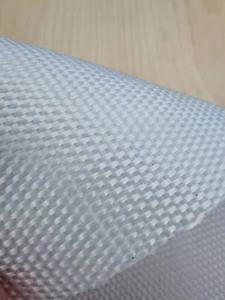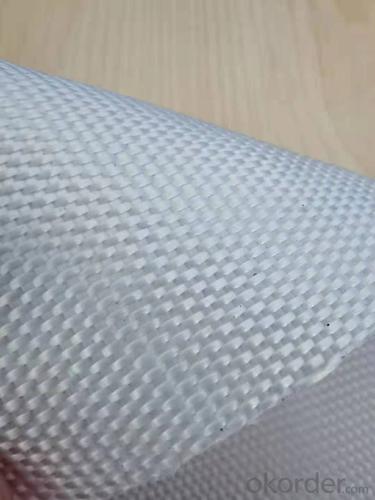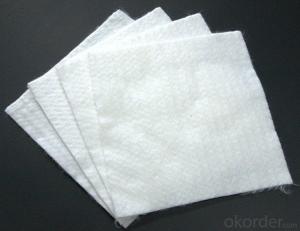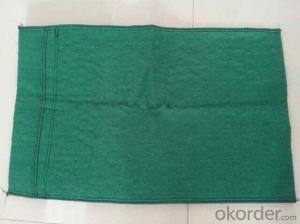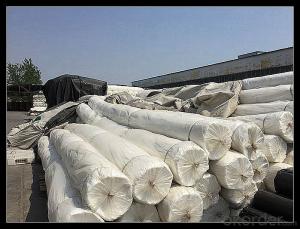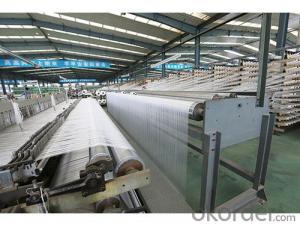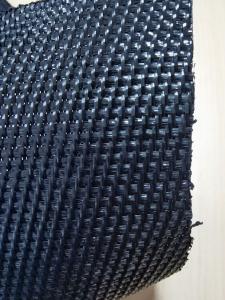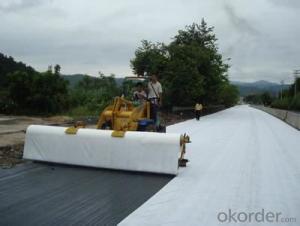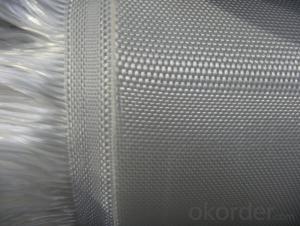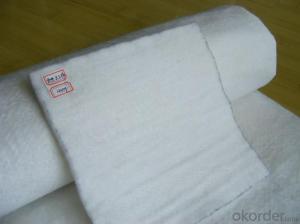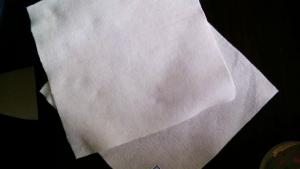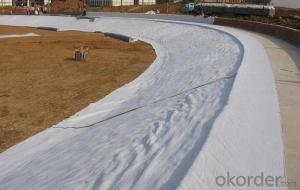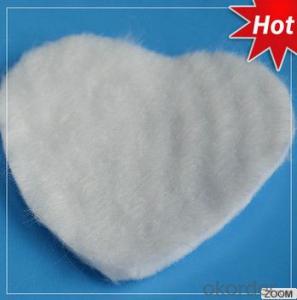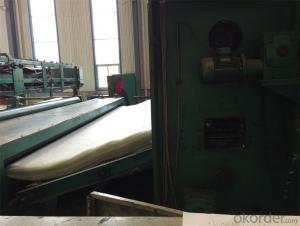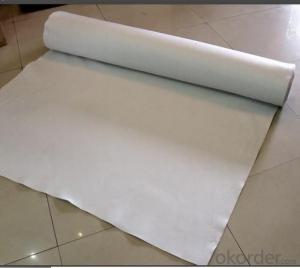High Strength PET Woven Geotextile White Color WOVEN GEOTEXTILE/HIGH STRENGTH
- Loading Port:
- Qingdao
- Payment Terms:
- TT or LC
- Min Order Qty:
- 5000 m²
- Supply Capability:
- 100000 m²/month
OKorder Service Pledge
OKorder Financial Service
You Might Also Like
PET High Strength Woven Geotextile
PET High-strength Woven Geotextile is a type of high-strength woven fabric used in geotechnical engineering applications.
It is made of polyester (PET) fibers that are woven together to form a strong and durable material that can withstand heavy loads and resist deformation.
This geotextile is commonly used in soil stabilization, erosion control, drainage systems, and road construction.
Its high tensile strength, excellent durability, and resistance to chemical and biological degradation make it an ideal material for use in harsh environmental conditions.
PET High-strength Woven Geotextile is available in a range of sizes, strengths, and specifications to meet the specific needs of various construction projects.
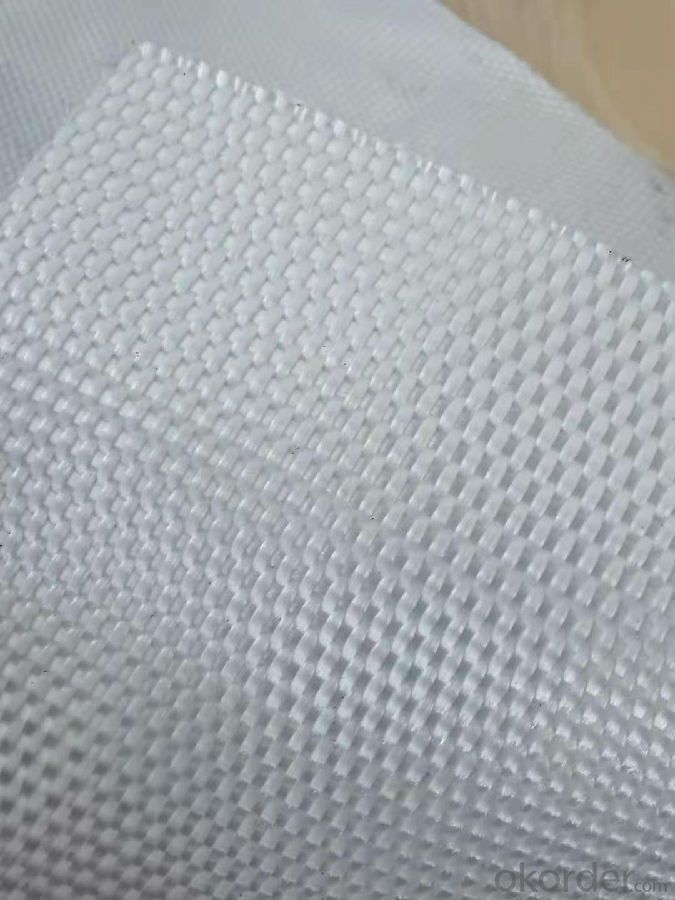
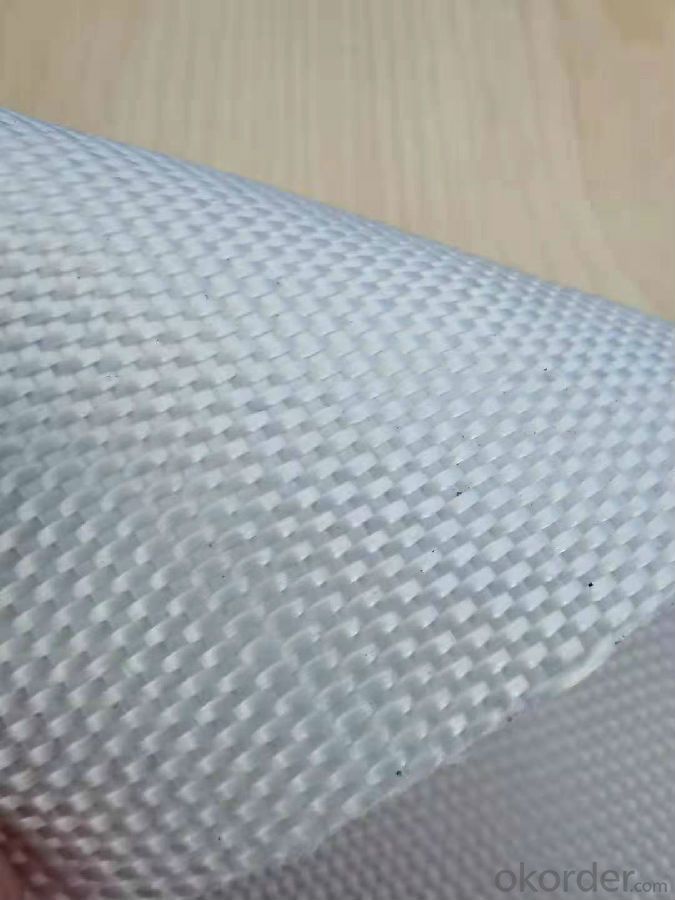
Specification:
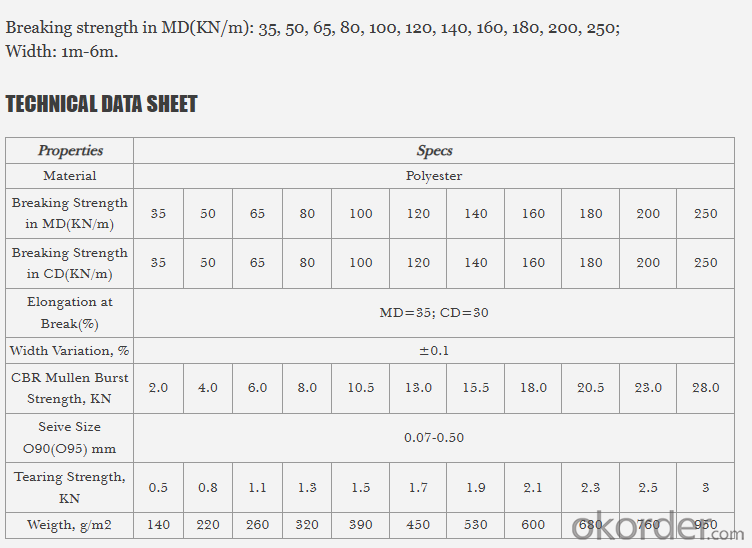
FEATURES:
1. High strength, low deformation
2. Durability: steady property, not easy to resolved, air slaked and can keep the original property long term
3. Anti-erosion: anti-acid, anti-alkali, resists insects and mould
4. Permeavility: could control the sieve size to retain certain permeability
PRODUCTION:
Weaving: The PET fibers are woven together on a loom to create the geotextile fabric.
The weaving process can be done using various techniques, such as plain weave, twill weave, and satin weave, to create different patterns and strengths in the fabric.
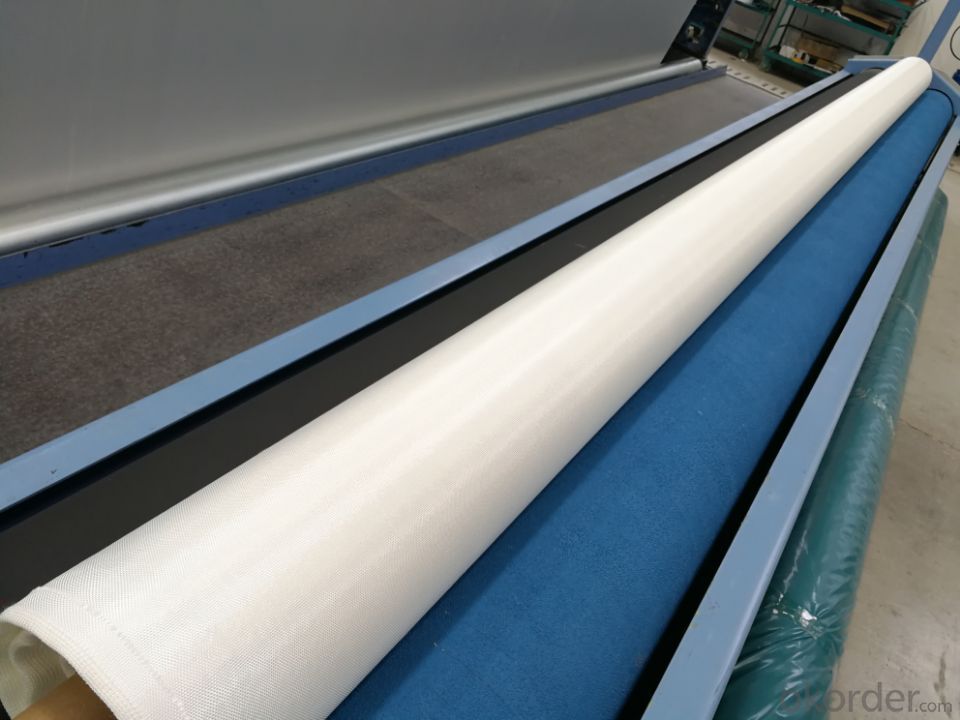
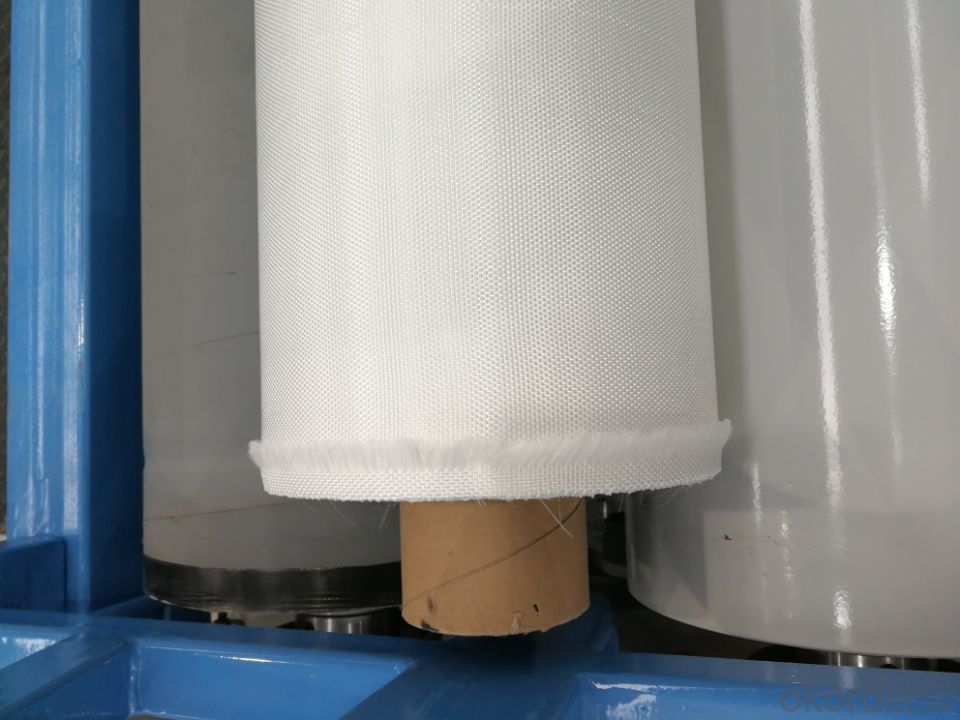
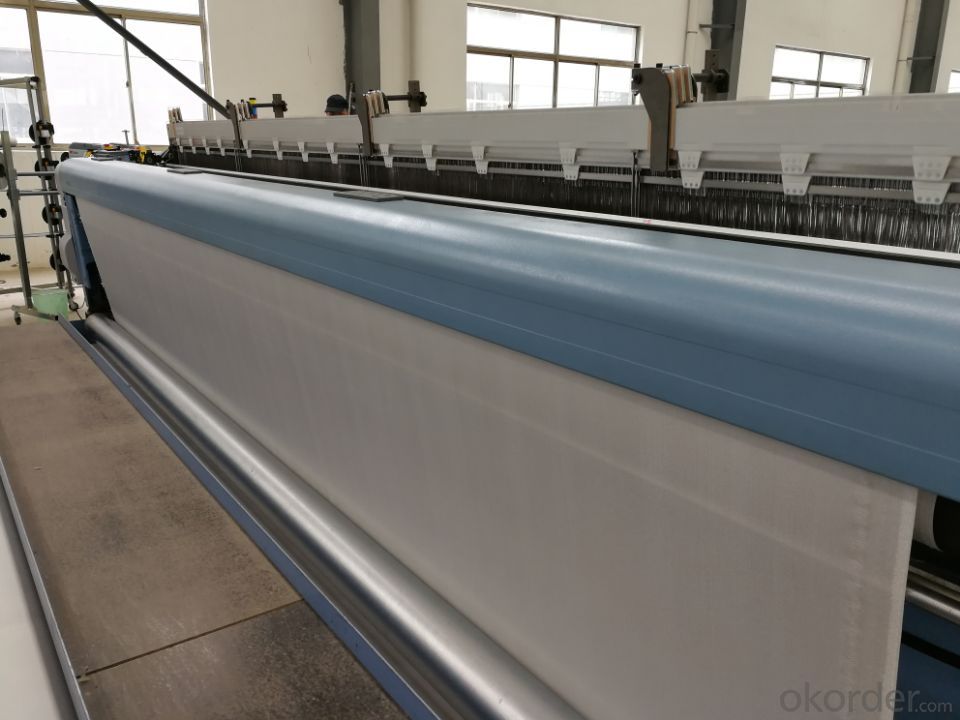
APPLICATION:
1. It is widely used in river, coast, harbor, highway, railway, wharf, tunnel, bridge and other geotechnical engineering.
2. It could meet all kinds of geotechnical projects needs such as filtration, separation, reinforcement, protection and so on
- Q: What are the considerations for geotextile installation?
- Some considerations for geotextile installation include site preparation, proper anchoring techniques, selecting the appropriate geotextile material for the specific application, ensuring proper overlap and seam strength, and proper maintenance and inspection of the installed geotextile.
- Q: Geotextile what is the law?
- Geotextiles, engineering cloth, impermeable cloth, non-woven fabrics, polyester cloth, health cloth, permeable cloth, etc., which are based on the use of different materials or different materials. But in fact are geotextiles. Geotextile types are many: woven geotextile, staple acupuncture geotextile, filament geotextile, impervious geotextile, non-woven geotextile, composite geotextile, warp-resistant geotextile
- Q: How to build a good geotextile sales team
- Any industry needs talent, geotextile sales staff do not need a high degree of education, can work hard on the line, I am specializing in the production of geotechnical materials, wish smooth
- Q: What are the applications of geotextiles in civil engineering?
- Geotextiles have various applications in civil engineering, including soil stabilization, erosion control, filtration, drainage, and reinforcement. They are commonly used in road construction, retaining walls, embankments, and landfills to improve the performance and durability of these structures. Geotextiles offer benefits such as increased load-bearing capacity, enhanced drainage, and reduced soil erosion, making them essential components in many civil engineering projects.
- Q: How do geotextiles help with soil stabilization in steep slopes?
- Geotextiles help with soil stabilization in steep slopes by providing a protective barrier that prevents erosion and helps to retain the soil in place. They act as a reinforcement layer, distributing the load across a wider area, reducing the likelihood of slope failure. Additionally, geotextiles promote water drainage, reducing the potential for saturation and increasing the slope's stability.
- Q: Can geotextiles be used in sports field construction?
- Yes, geotextiles can be used in sports field construction. Geotextiles are often used as a separating layer between the soil and the drainage system, helping to prevent the mixing of different soil layers and promoting proper water drainage. Additionally, geotextiles can enhance the structural integrity of the field, provide reinforcement, and prevent the migration of fine particles within the soil.
- Q: What glue glue is used at the seams of the impervious geotextile
- What glue glue is used at the seams of the impervious geotextile
- Q: Geotextile how much money
- Specifications of different quality prices ranging from geotextiles from November last year to the current price rose too much
- Q: Geotextile cloth and no square what meaning
- Geotextile, also known as geotextile, originated in the twentieth century, the fifties. Raw materials are polyester, polypropylene, acrylic, nylon and other polymer polymer synthetic fiber. Geotextiles are woven and non-woven. Not "Square", it is divided by the manufacturing process, the use of textile technology made of geotextile called spinning, and vice versa for non-woven geotextile. Due to the low cost of spinning geotextile, the cost is slightly higher. Most of the current engineering applications are non-woven geotextiles. They have a filter, filter, isolation, reinforcement, protection, and other functions.
Send your message to us
High Strength PET Woven Geotextile White Color WOVEN GEOTEXTILE/HIGH STRENGTH
- Loading Port:
- Qingdao
- Payment Terms:
- TT or LC
- Min Order Qty:
- 5000 m²
- Supply Capability:
- 100000 m²/month
OKorder Service Pledge
OKorder Financial Service
Similar products
Hot products
Hot Searches
Related keywords
